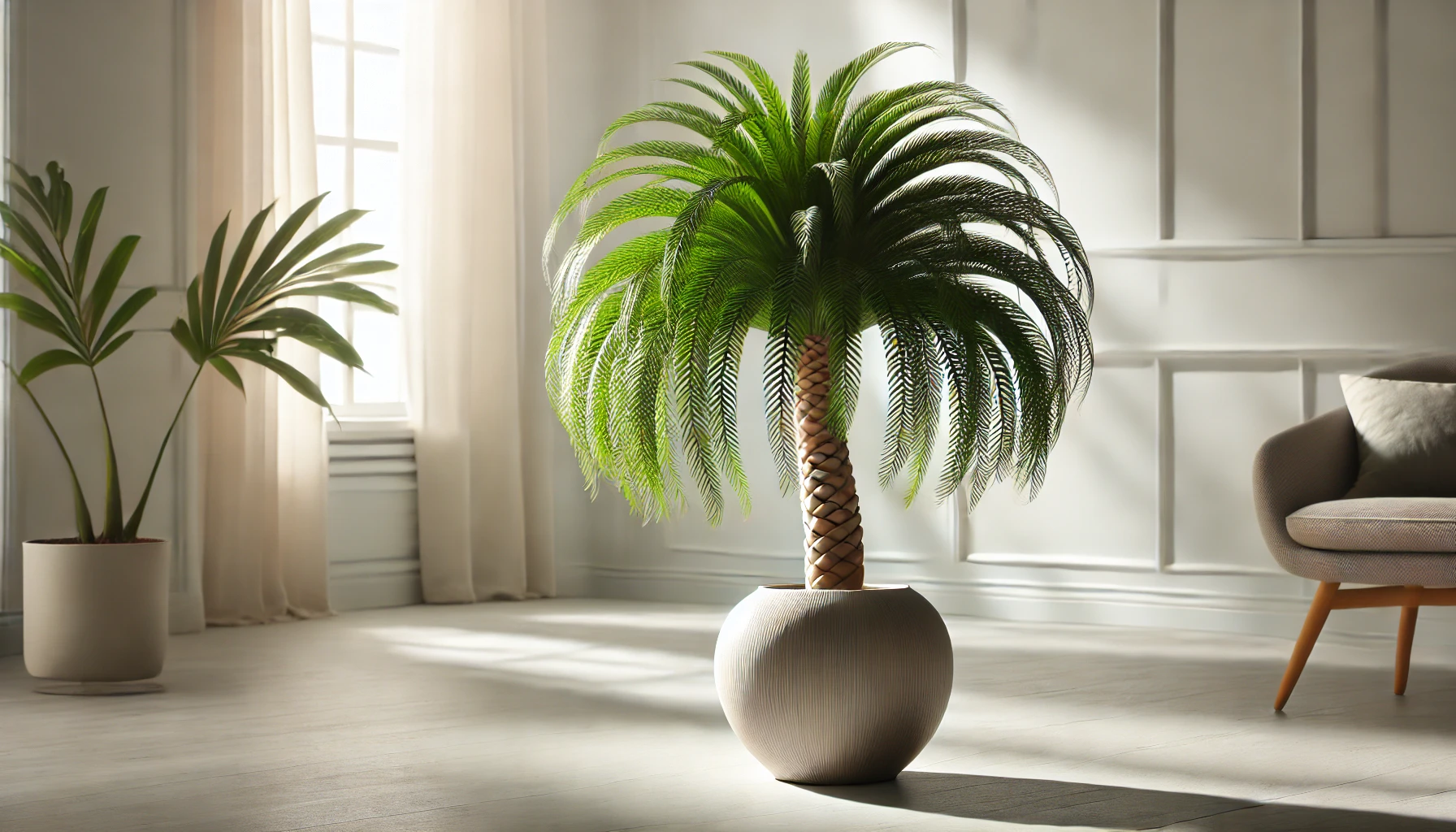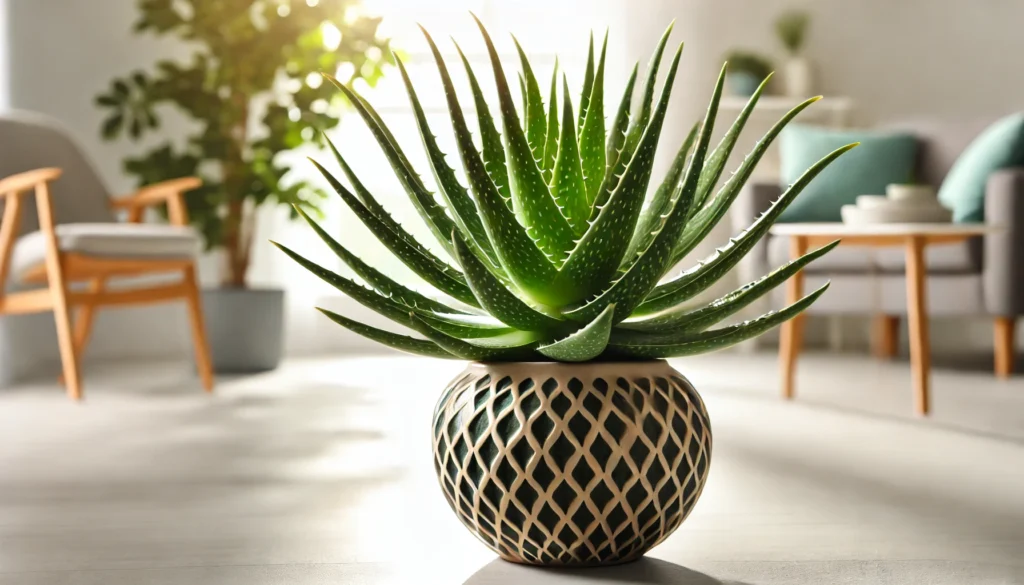
The Ponytail Palm, formally known as Beaucarnea recurvata, is a distinctive and resilient houseplant that can be a delightful addition to any home. Despite its name and palm-like appearance, this plant is actually a member of the Asparagaceae family. Known for its bulbous trunk and long, curly leaves that cascade down like a ponytail, it can grow up to 10 feet tall indoors, though it remains much smaller when kept as a houseplant.
History and Ideal Growing Conditions
Native to the semi-desert regions of southeastern Mexico, the Ponytail Palm thrives in conditions that mimic its natural habitat. This plant’s ability to store water in its swollen base makes it exceptionally drought-tolerant. In its native environment, it can grow up to 30 feet tall, but when cultivated indoors, it typically reaches about 3 to 4 feet.
To keep your Ponytail Palm healthy, it’s important to replicate its ideal growing conditions. It prefers bright, indirect light but can tolerate lower light levels. This adaptability makes it a perfect fit for various indoor settings. Ideally, place it near a south or west-facing window to ensure it gets plenty of light.
Information about Toxicity and Pets
One of the significant advantages of the Ponytail Palm is its non-toxic nature. This plant is safe for both cats and dogs, making it a great choice for pet owners. You won’t need to worry about your furry friends nibbling on its leaves, as it poses no threat to their health.
Best Practices for Caring for Your Ponytail Palm
Caring for a Ponytail Palm is relatively straightforward, making it an excellent choice for both novice and experienced plant enthusiasts. The key aspects of care involve proper watering, maintaining adequate humidity, and ensuring suitable soil, light, and temperature conditions.
Watering and Humidity
The Ponytail Palm is very drought-tolerant and requires infrequent watering. Allow the soil to dry out completely between waterings to prevent root rot. During the growing season (spring and summer), water your plant thoroughly but sparingly. In the dormant months (fall and winter), reduce the watering frequency even further.
Humidity is not a major concern for the Ponytail Palm, as it can thrive in low-humidity environments. However, it can also tolerate average household humidity levels.
Soil, Light, and Temperature
Using well-draining soil is crucial for the Ponytail Palm. A cactus or succulent mix works perfectly, ensuring that excess water drains quickly to prevent root rot.
When it comes to light, bright, indirect sunlight is best. While it can adapt to lower light conditions, growth may slow down, and the plant may not look as vibrant. Aim to place it where it can receive plenty of light for optimal growth.
Temperature-wise, the Ponytail Palm is quite flexible. It prefers temperatures between 60-80°F (15-27°C) but can tolerate occasional drops or spikes. Avoid placing it in drafty areas or near cold windows during winter.
Common Problems and Remedies
Although the Ponytail Palm is hardy, it can occasionally face issues such as yellowing leaves or root rot. Yellowing leaves are often a sign of overwatering or poor drainage. To remedy this, ensure your plant is not sitting in water and that the soil is allowed to dry out between waterings.
If you notice the base of the plant becoming soft or mushy, this could indicate root rot, usually caused by overwatering. In such cases, reduce watering frequency and consider repotting the plant into fresh, well-draining soil.
Propagation and Benefits
Propagating the Ponytail Palm can be a fun and rewarding process. This plant produces “”pups”” or offsets at its base, which can be separated and replanted. To propagate, gently remove a pup with some roots attached and plant it in its own pot with well-draining soil. Keep the soil lightly moist until the new plant establishes itself.
Beyond its striking appearance, the Ponytail Palm offers several benefits. It helps purify the air, removing toxins and improving indoor air quality. Its unique form adds a touch of elegance and interest to any room, making it a versatile decorative piece.
Final Thoughts
The Ponytail Palm is a wonderful addition to any home, combining unique aesthetics with hardy, low-maintenance care requirements. Its adaptability and pet-friendly nature make it a perfect choice for various living environments. Whether you’re a seasoned plant parent or just starting your green journey, the Ponytail Palm is sure to thrive and bring joy to your space.



